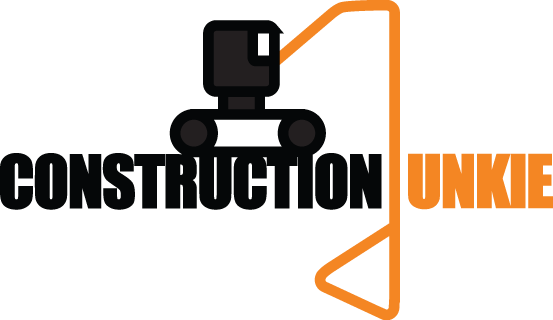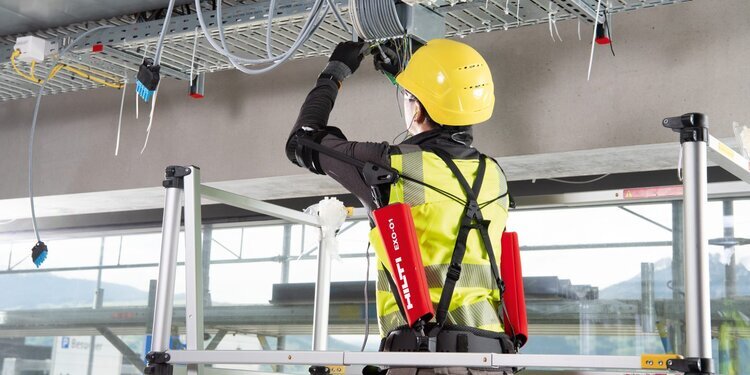Photo by Guilhem Vellut, CC BY 2.0
3D printing has had to overcome plenty of obstacles, including materials, mobility, weather, and height. Slowly, but surely, technology companies are beginning to overcome these challenges. A 400 square foot house was recently printed in concrete on-site, in less than 24 hours and in freezing temperatures. Other companies are working on perfecting 3D printed steel for pedestrian bridges. Height limitations seem to be the hardest problem to solve, however.
That is until Cazza Construction Technologies, a Dubai based firm, announced its plans to build the world’s first 3d printed skyscraper. While no details or timeline for the project have been announced yet, Cazza told Construction Week Online that the building would use a technology they’ve developed called “crane printing.”
“Crane printing” simply involves retrofitting an existing crane with a 3d printing apparatus. These devices will be installed on cranes that can reach as high as 262 feet (80m). “We are adding new features to make it adaptable to high wind speeds along with the use of our layer smoothing system that creates completely flat surfaces. You won’t know its 3D printed,” Cazza COO Fernando De Los Rios told Construction Week Online.
It’s expected that the major structural components will be included in the 3d printing side of the construction. There will still be some other aspects that will be handled by traditional construction methods. As we saw in the video of the 3D printed house, all glazing, painting, electrical, plumbing, and several other trades were still completed by human labor.
It’s entirely fitting that the world’s first 3d printed skyscraper would be located in the UAE, as the government has made it a priority. Dubai is also the home to the world’s first 3D printed office building and has committed to 3D printing 25% of homes built in 2030.











In the midst of fierce discourse over the bipartisan infrastructure bill lies a unique opportunity for the United States.